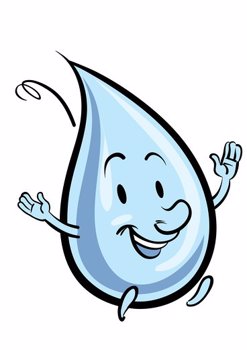“When the Well is Dry, We Know the Worth of Water” — Benjamin Franklin

The following blog was submitted by Melissa Wright, a graduate student in FST, as part of the requirements for GRAD 5414 Water for Health Seminar Interdisciplinary Seminar. This course examines emerging interdisciplinary issues related to the chemistry, microbiology, engineering and health aspects of drinking water.
As paying consumers in America’s current “the customer is always right” societal attitude, we expect clean water when and where we need it. When that flow is interrupted for any reason, we usually have a lot to say. Shouldn’t we endeavor to be equally as vocal before the system fails?
These questions were posed during a recent Water for Health seminar presentation by Colin Richards, Ni Zhu and Bastiana Rodebaugh. Their seminar explored some of the challenges facing our aging water infrastructure and presented some potential actions to address those challenges.
Just how big is the problem anyway?
In many cities across the United States, potable water systems are approaching 100 years old and the end of their lifespans. An estimated 240,000 water main breaks occur every year, resulting in billions of gallons of water loss daily. A break no more than the thickness of a dime can lose as much as 10,000 gallons per month. These losses do more than just waste a coveted resource. Localized soil erosion from these small, steady breaks mean the soil is no longer in a position to support the pipeline and can lead to pot holes and destroyed roads. Another concern is the possibility of pathogens or chemicals entering drinking water supplies through these cracks. Since quality testing usually occurs before the water leaves the distribution hub, consumers may be exposed to these contaminants and never know.
So what are we supposed to do now that we know the problem exists?
Educate ourselves and then spread the word until it reaches individuals who have decision-making authority over these type situations. A recent overhaul of the water infrastructure in Washington, DC was successful and their model could be used in cities across the country.

What can be done once the word is out?
Water systems can be assessed through a water audit to see if their water production volumes balance with their water consumption volumes. If not, the leaks are located and evaluated for rehabilitation or replacement. Once a model is developed, physical repairs can be made to the system followed by preventative measures and routine maintenance. This revamped system can make all the difference in a small town or large city alike. Education and sharing of information and resources is imperative for this model to spread to areas that need it most.
Can I really make a difference?
Just as a small amount of water dripping from a hairline crack can eventually swallow all the cars on your street, one person with desire for a cause can make a difference. Be that persistent water drop!


